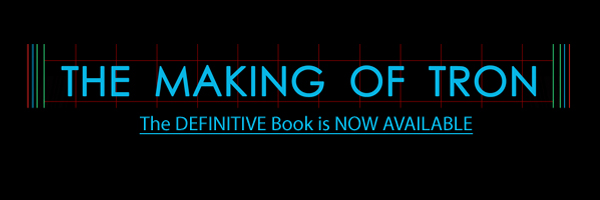THE SCREENING ROOM
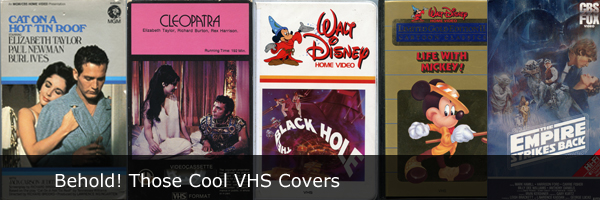
By Bill Kallay
Well before we got to home video nirvana with high definition television sets
and Blu-ray discs, most American home video libraries were filled VHS tapes.
Hundreds of them. Hollywood movies, exercise tapes, home movies, pirated copies
of major movies, and porn dominated many a home collection.
In the 1980s, your parents were actually considered cool if they owned a VCR and
VHS tapes. I know I was totally excited when my dad broke down and bought our
first VCR. It was as if my dad suddenly brought our cable television-free home
into the modern age. We could now watch actual Hollywood movies at home.
It's easy today to mock the those bygone days of watching major movies on one's
own television set. You can download a movie instantly to your smart phone. But
back then, it was such a huge novelty to know someone with cable television, let
alone a VCR.
That all changed when VHS suddenly became mainstream in the early 1980s. The
battle between VHS and Beta (a superior quality format) was won. I'm not sure
why VHS won out, as it was a clearly inferior format for video and audio (at
least in the early days) to Beta. But it did and it reigned supreme for years.
There is some magic in those memories of VHS. I can clearly recall going over to
a friend's house and seeing his dad's huge collection of VHS tapes. His dad had
hundreds of tapes, marked on the outside with an ink pen, such movies as
"Raiders of the Lost Ark" or "Star Wars." Never mind that those movies had not
been officially released on home video and that his dad, or someone else,
videotaped those films illegally inside a movie theater. It didn't matter. The
point was that you could watch those movies at home! In fact, my first
girlfriend's dad had (illegal) copies of all of the Disney animated classics as
of 1984.
My dad put in a pre-order of "Raiders of the Lost Ark" and for the magical price
of $39.95, we finally got our copy. I must have watched it a hundred times. Over
the course of time, my parent's collection of VHS tapes greatly expanded. We
could watch almost any movie in their awful color, pan-and-scan glory, and tinny
sound (we didn't upgrade to hi-fi stereo until years later). Interspersed in the
collection were the obligatory exercise tapes that my mom used once and taped
copies of television programs.
VHS wasn't a great home video format. LaserDiscs supplanted them with much
higher quality picture and sound, plus bonus extras. Super VHS came along in the
late 1980s, but never found much traction in home video. My film teacher touted
the high quality to us fresh faced students, but we stuck with good old VHS and
so did the rest of America. VHS could occasionally look fairly decent, and its
high fidelity stereo tracks could sound pretty good. Thankfully, the advent of
DVD corrected all of VHS's flaws by taking the concept of high picture and sound
quality from the LaserDisc, and placed it into a convenient small disc. The
LaserDisc and DVD also preserved (although not all of the time) a film's
original aspect ratio.
Below are some pictures of VHS covers. For all of its flaws, the covers were
actually well done. Back in the 1980s, Walt Disney Home Video put out a
"limited" set of it classic short cartoons. To this day, Disney still touts its
"limited" edition videos, only to "return them back to the vault." One of my
favorite series of tapes was the "Limited Gold Edition" series. These shorts
were finally brought back, in chronological order, on DVD a few years ago.
It's interesting to note that Walt Disney Productions (as it was called) lobbied
against releasing its films on video. Thanks to Jim Jimirro, who started Walt
Disney Home Video, the company eventually gave in and released some of its
library on tape. Disney eventually pioneered the home video market with
inventive promotion and has since dominated the market. The studio released many
of its movies on tape in its signature white "clam shell" cover.
In the early days of home video, other studios released their classics on tape
in huge packaged boxes. Warner Bros. and MGM/CBS home video used huge boxes to
hold the movies inside. Other companies like Magnetic Home Video, licensed films
from 20th Century Fox. In some cases, like "Cleopatra" (1963), Magnetic used
subpar prints which may have been sourced from 16mm copies. Viewers may complain
about film grain on Blu-ray disc or an occasional scratch today, but they would
be appalled by the condition of some of these Magnetic Home Video releases.
Video covers also became more streamlined and more easily stored.
So all of you Blu-ray enthusiasts, enjoy this picture gallery of VHS covers from
a bygone era. Admit it! You may crave pristine picture quality and multichannel
sound, but in that heart of yours, you miss the horrible picture quality and the
noise that only a VHS tape can make inside of a VCR.
WALT DISNEY HOME VIDEO
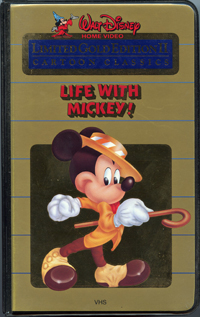
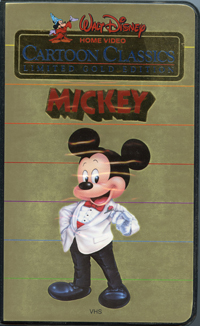
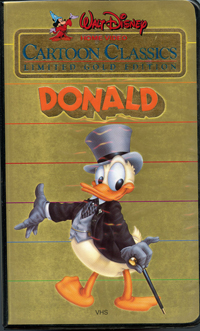
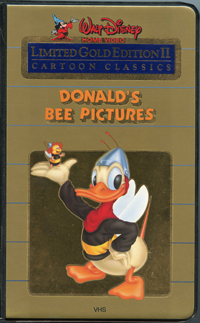
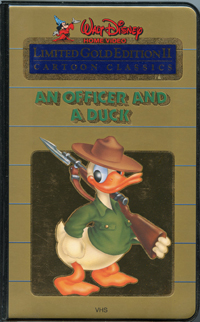
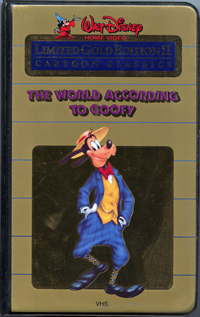
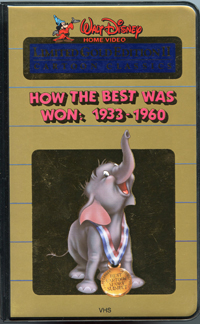
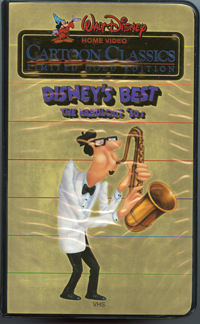
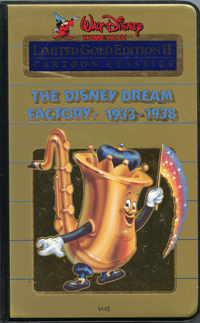
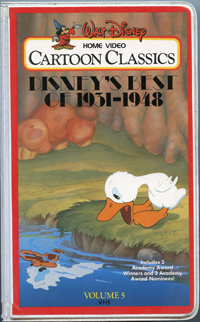
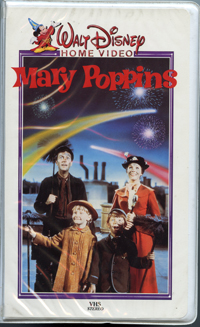
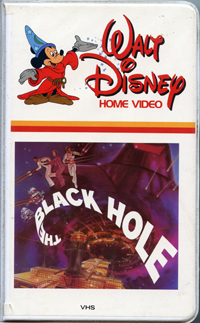
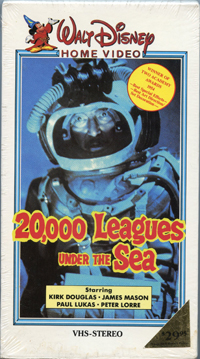

OTHER MAJOR STUDIOS
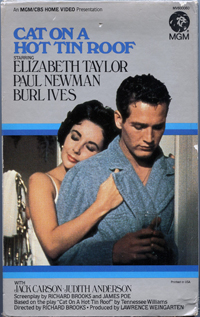
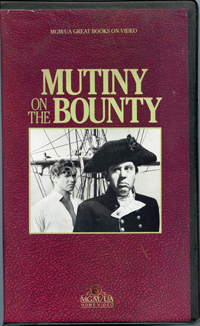
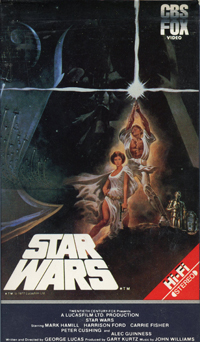
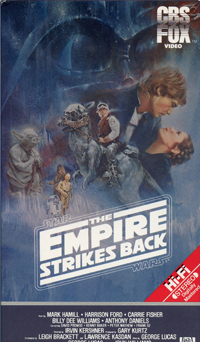
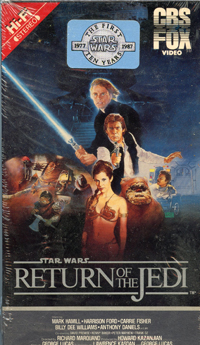
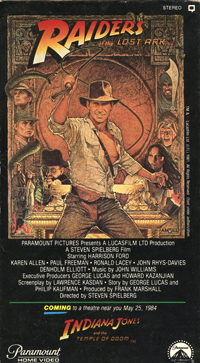
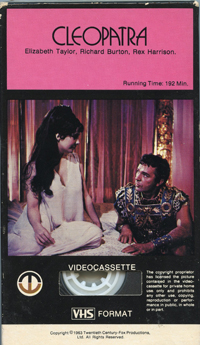
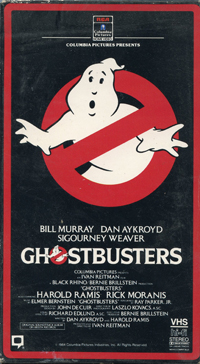
Photos: © Disney, MGM, CBS, Fox, Paramount, Lucasfilm, Ltd. All rights reserved.
Ad:
